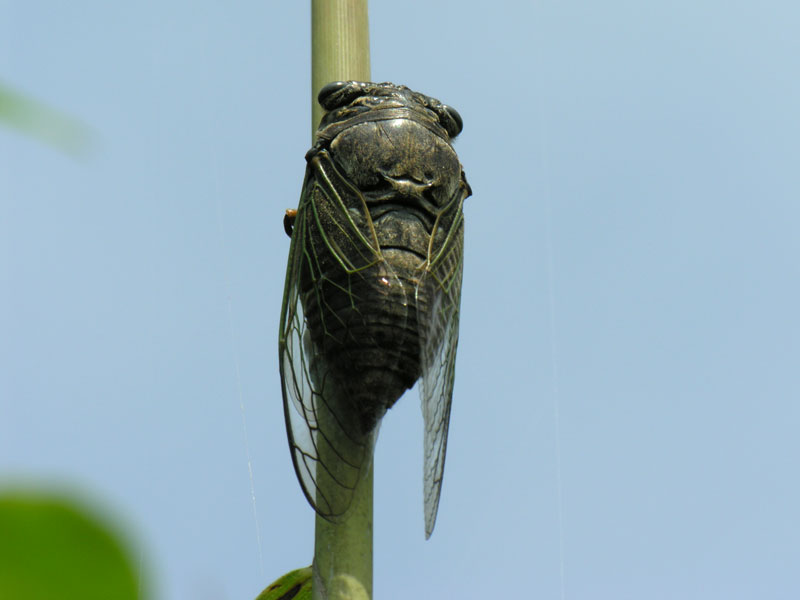The site in the 19th century and in 1984:
His book was published in English and Japanese:
Floor tiles near the NTT building which is now adjacent to the Omori shell mound site:
In the History Museum (Shinagawa Rekishi-kan) a wide section is dedicated to the Jomon shell mound of Omori:
I will spare you Jomon, Yayoi and Kofun artefacts (unless you ask for it). But the museum covers the whole history of the Shinagawa area, here is a nice medical book:
It has also a little garden with a tea house, koi pool, and a Jomon hut outline:
I still had time to visit one more museum, so I went to the Eurasian Cultures Museum. And I will show you only one (!) item, a 3rd century clay figurine from Iran, although it was very interesting and had a special exhibition about domesticated animals in Eurasia on top!
After two museums I spent the rest of the day exploring the harbour area of Yokohama. This is - no, not in Vienna - but somewhere near Nihon Odori Avenue:
I had bought a bento and sat down in Yokohama Park close to the stadium where a baseball game must have been very very exciting. People were screaming inside the stadium. The stadium is home of the Yokohama Baystars, so maybe they were playing :)
From Yokohama Park it is only a short walk to the harbour where you can see all kind of ships. Here the Nippon Maru, now a training ship:
The Portugues NRP Sagres anchoring at the moment in Yokohama:
and a Japanese military ship:
and it's crew:
From there I walked back to the hotel via Cosmo world, an amusement park near the harbour:




























































